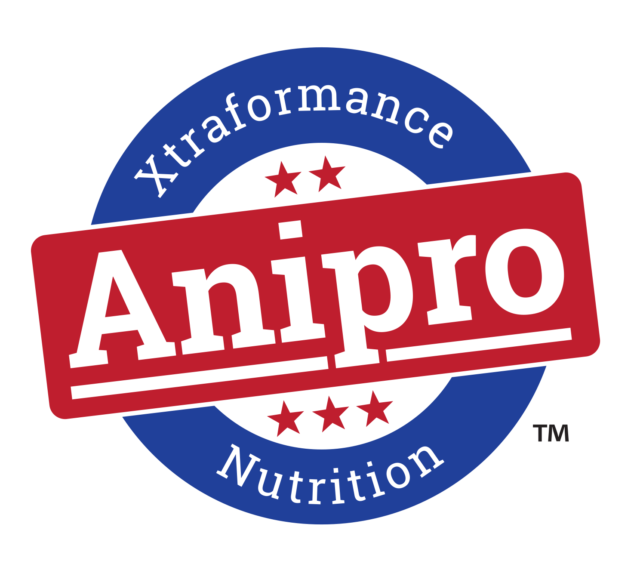When I worked in the dairy industry, we used to joke that Holstein calves come into the world looking for a way to die and that Jersey calves come into the world halfway dead. Even though I am a beef producer now, I retain my skepticism in the hours following birth.
And, no matter how many times I’ve seen it, I am still amazed to see a calf bucking, nursing and running within an hour of birth.
However, this week on my ranch, that beef energy in a minute-old calf did no good. I may have even wished for the calf to just lay there. Or, better yet, would have had the energy to swim. Or, maybe it’s not just dairy calves that come into the world looking to die; a few beef calves seem to have the propensity too.
Last Friday, we rode through the cows out in the pasture. We were checking on the grass and deciding when to wean calves. We checked on our small group of fall calvers. All were close, and the weather couldn’t be better for it. One of the cows, we call the Coleman cow. She was one of the first cows we got when we decided to go the registered route. Two years ago, she lost her pregnancy, and, in the act of sentimentality, we kept her on and just bred her back for fall. This is the reason for all our fall-calving cows – we grow a bit attached. Anyway, Coleman was due in ten days, and she looked good.
On Saturday morning, all was much the same with the calving group. We left town that afternoon for a wedding and got back Sunday evening. We went out to check the cows when we got home. The Coleman cow had calved, and immediately we could tell all was not well. Coleman decided to calve next to the canal culvert that runs through the pasture. The afterbirth sat in an oozing pool next to the canal, and momma Coleman was agitated. She was bellering and pacing the canal bank. We looked for the calf and could not find it. We had to assume the calf had slipped into the canal one way or another.
The next morning, we went back out to do one more thorough search. Coleman was still by the canal bellering away. She didn’t know what happened any more than we did. But, with the use of our prefrontal cortex, we can make some guesses.
Momma Coleman thinks the cool grass next to the water a good place to have her calf. Baby Coleman is born in the tall, wet grass. Momma Coleman licks baby off and turns away to birth the afterbirth. Baby Coleman stands up on shaky legs and takes his first steps. He cautiously walks towards momma on the edge of the canal. Gaining a bit of confidence, he adds a spring to his steps and does a little jump. He lands, and his back legs slip down the bank into the water. For a split-second, newborn front legs frantically try to crawl out. Then, in one moment, all is lost, and he succumbs to the water. Momma Coleman turns around just in time to see baby fifty yards down the moving water.
Or, in another scenario, Coleman gives birth on the edge of the canal, and baby Coleman goes from the safe water enclosure of a womb to the treacherously cold water of the North Side Canal Compan, all in one slippery contraction.
Whatever exactly happened, Momma Coleman is without a calf. This time, I don’t think sentimentality will win over, and she will go down the road. For Momma Coleman’s sake, for our sake, for ranchers and dairy people everywhere, I wish calves would stop coming into this world looking for a way to die.












